Taking more interesting photographs without spending any money on extra equipment.
Three months ago
we watched a video by Cinematic J that was featured on Indy Mogul.Within its short span, a whole new world of possibilities was opened for us to experience. We had just added a powerful piece of knowledge to our combined understanding of photography. And it is such a simple trick that anybody can do it so long as they have a camera with a detachable lens.
Watch the video to learn about it for yourself. Then check below to see what we have managed to capture in three short months.

Starting with the first picture taken and leading up to the most recent.
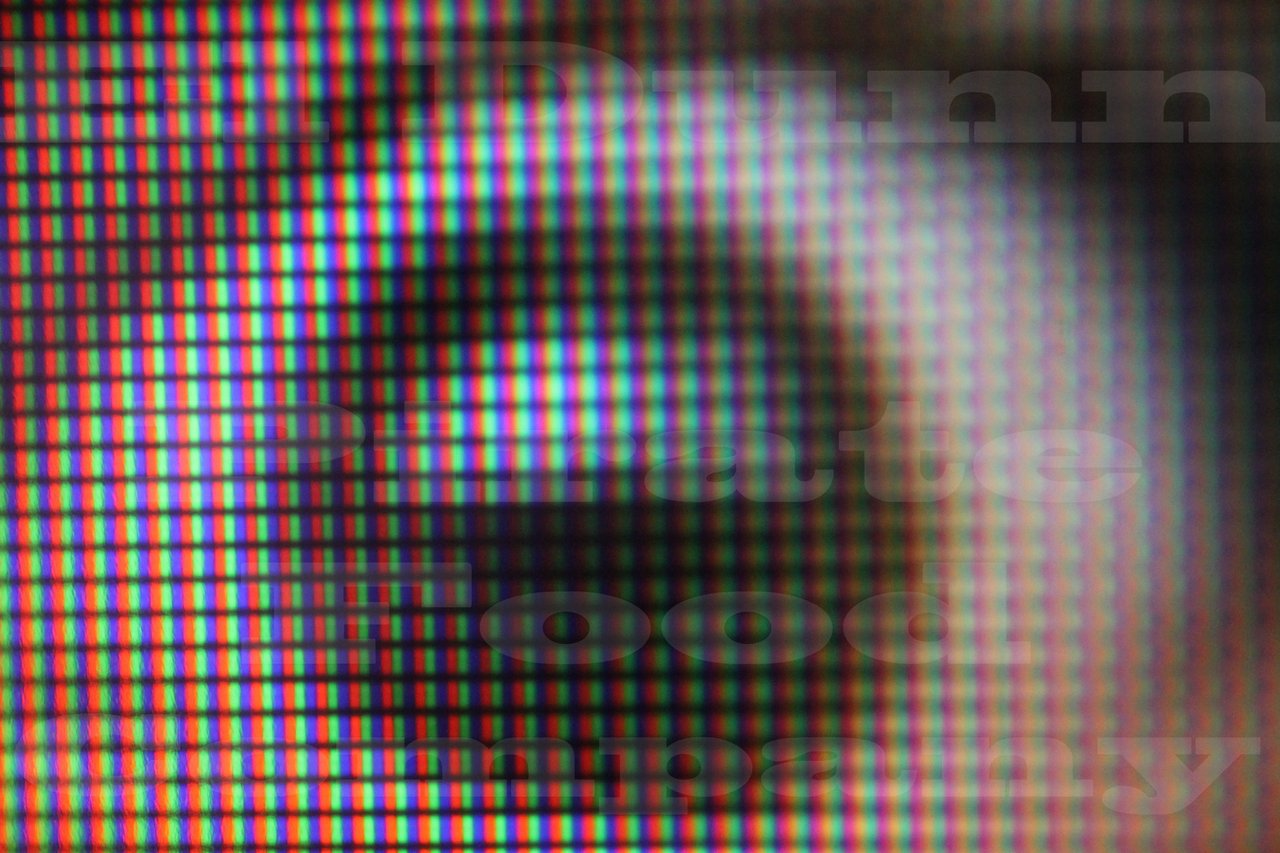
This first one was taken immediately after watching the video. The subject is one of Cinematic J's eyes on our screen. Note the RGB colour model lines.
Camreye.
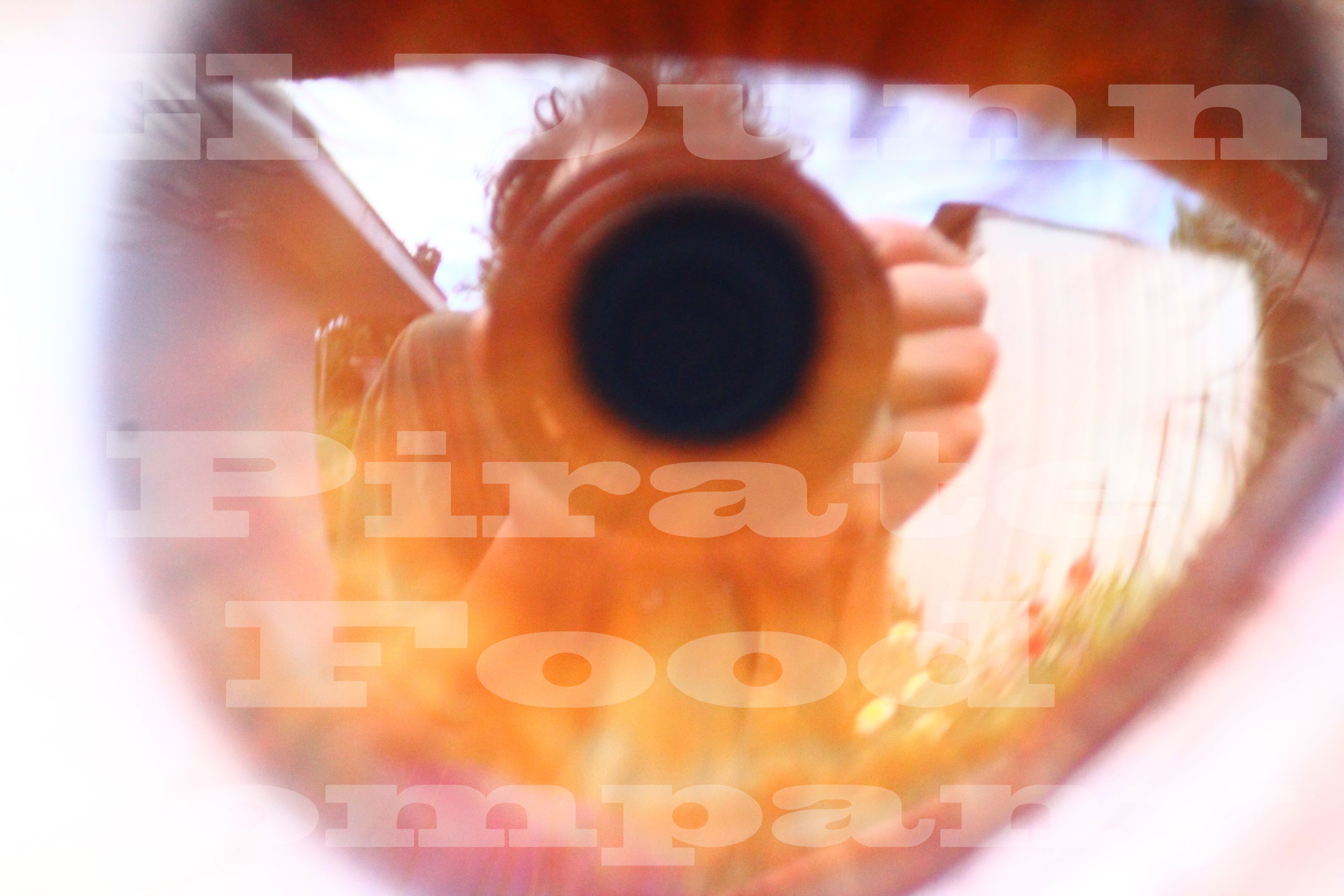
Sticking to a theme this is one of Wench's eyes out in our garden. We quite like the camera as an eye imagery.
The Zebra stripes of a homegrown Dwarf variety Helianthus (Sunflower) seed.
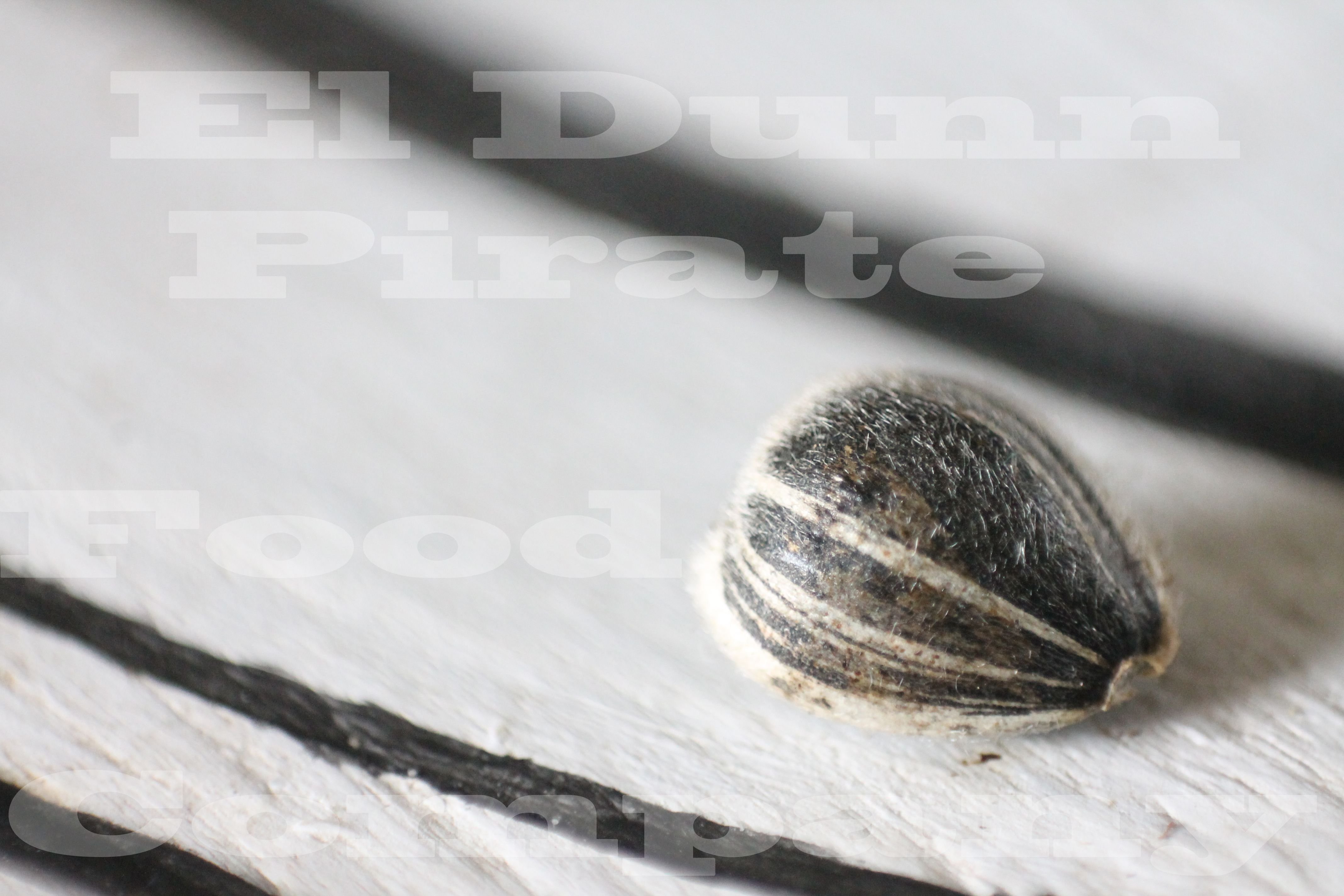
Seeds and other small inanimate objects are a great subject for learning how to perfect this photography trick. It can be quite difficult to hold the lens backwards in just the right way while your only means of precise focus it to literally move you and the lens backwards and forwards. The sweet spot for a beautifully in focus picture can measure in fractions of a millimetre. It pays to have a steady hand as well as something to lean on.
It's a Macro world too after all.
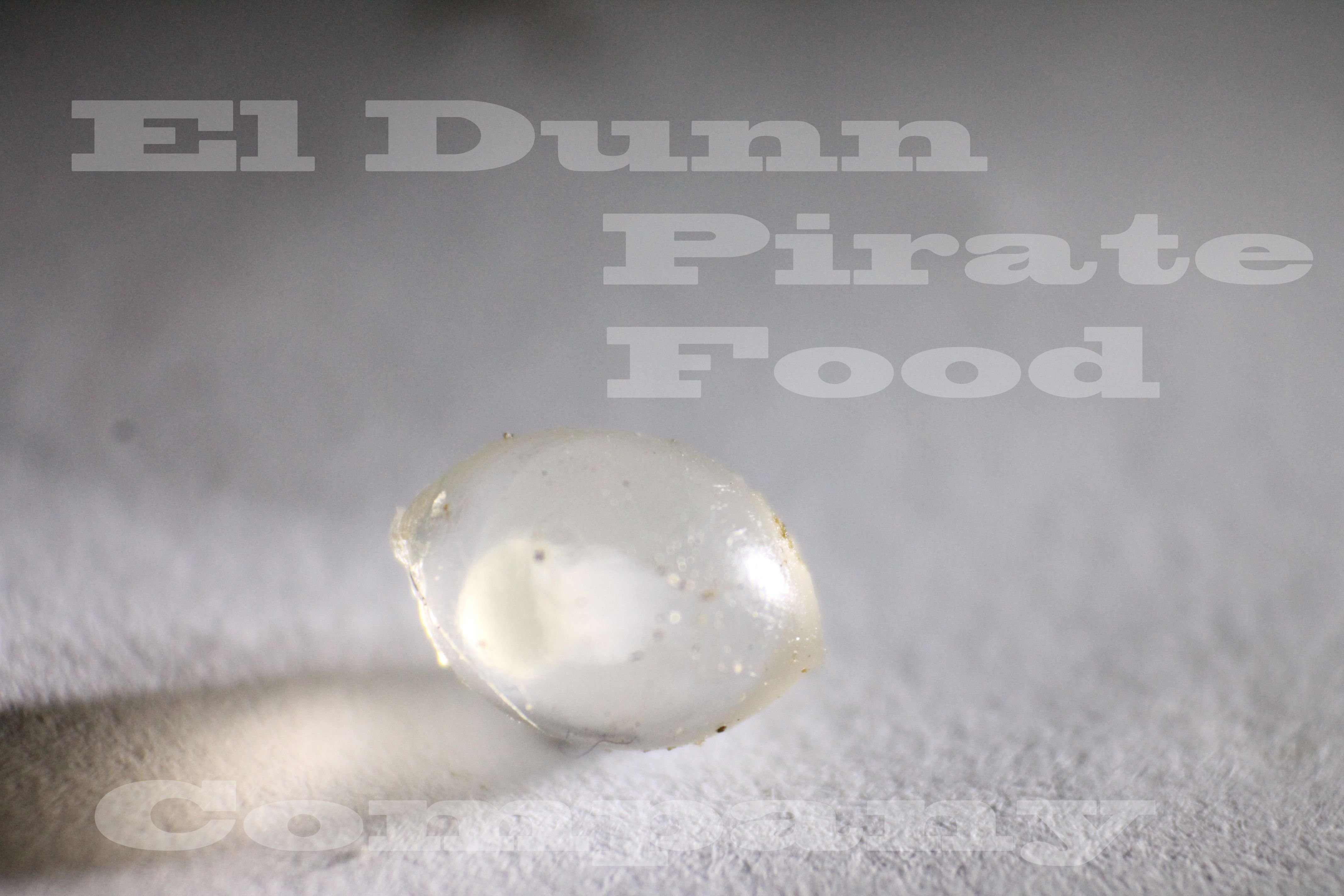
This is a slug's egg measuring no more than 2mm long.
If you want to up your game start looking for small, mobile subjects.
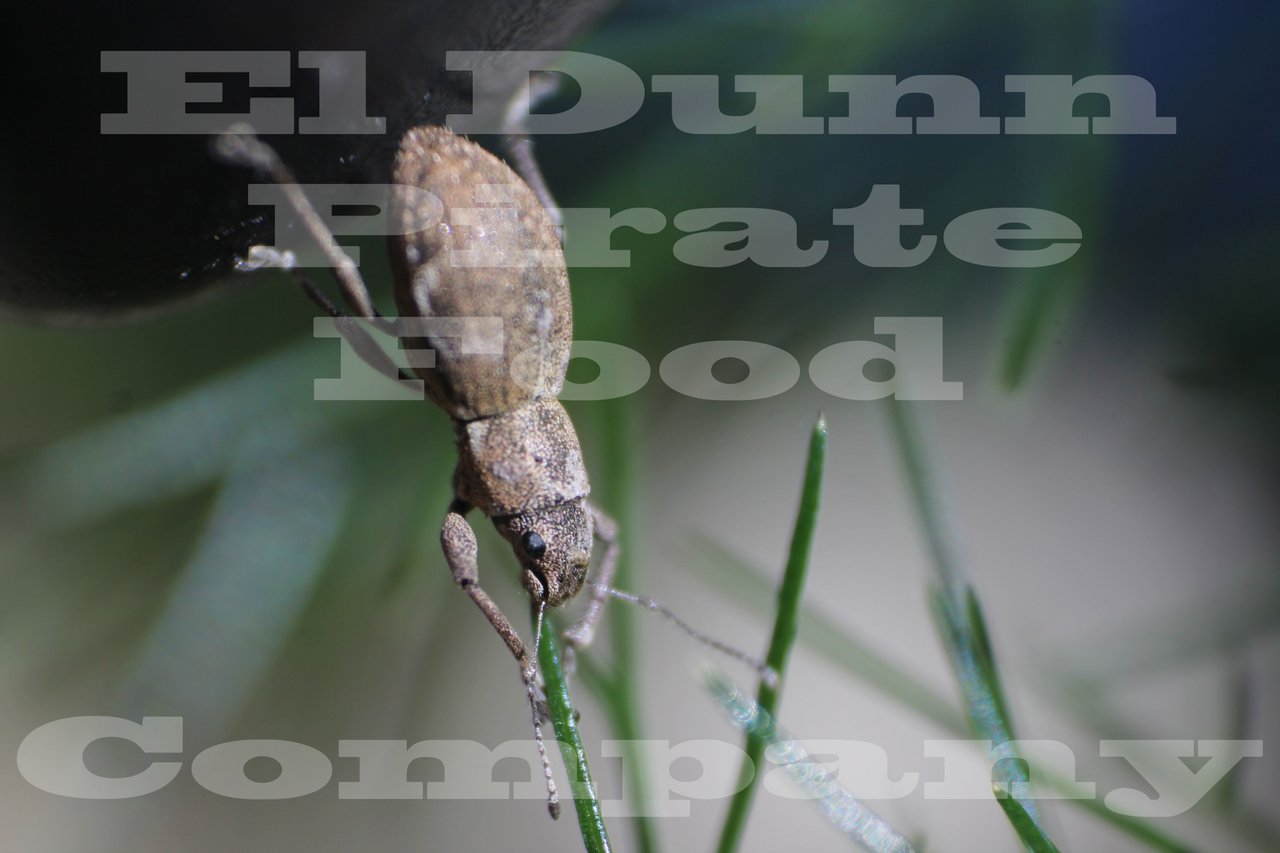
This Listroderes sp. (Vegetable Weevil) wasn't interested in staying still for the camera for more than a few fractions of a second at a time.
Hanging out for coffee.
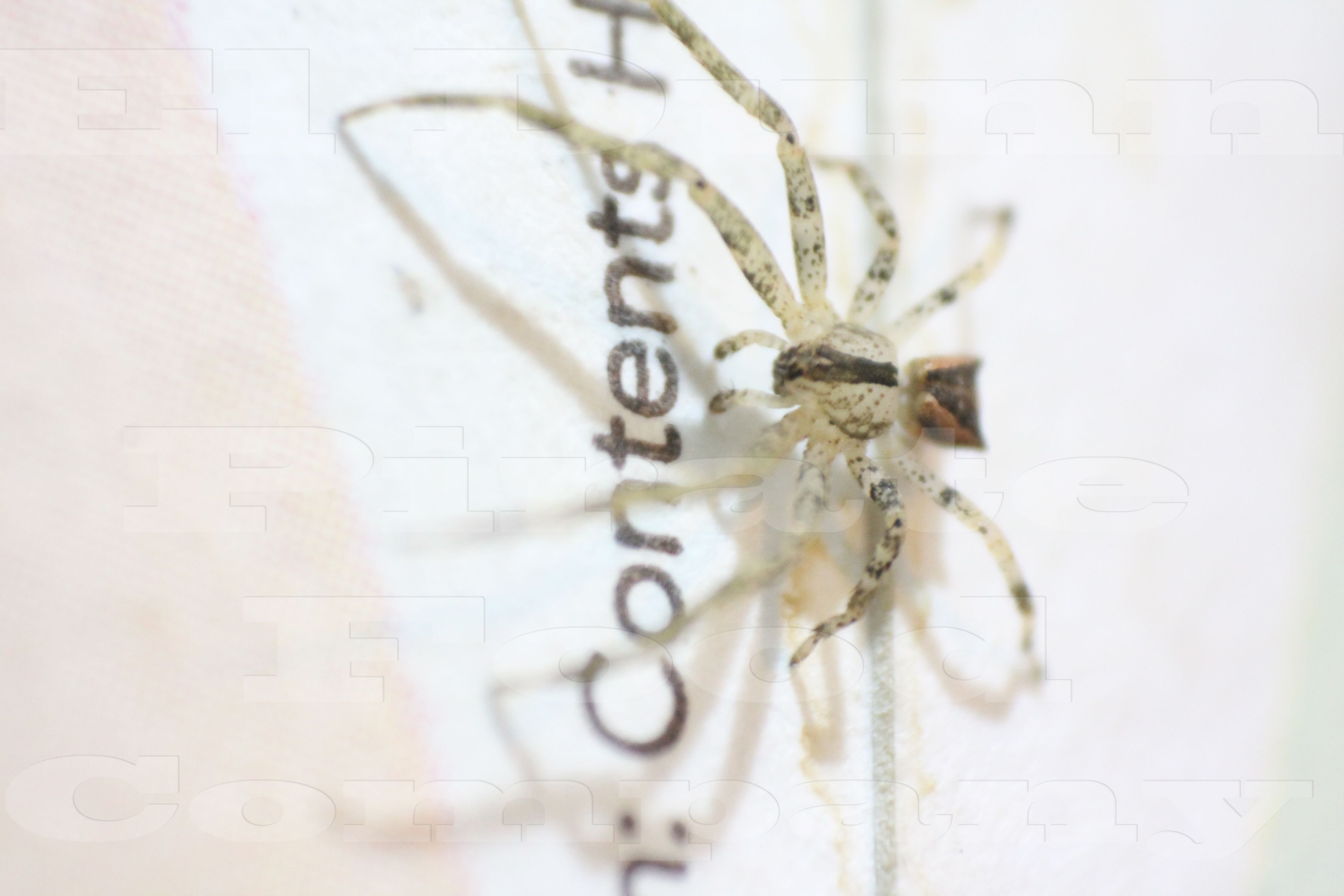
Jumping spider (Family Salticidae). More than 150 species of jumping spiders are thought to live in New Zealand, with most of them yet to be described and classified by scientists. These spiders are small to medium-sized, with most having bodies less than a centimetre long. With so many species, this family includes quite a range of colour schemes. Jumping spiders are readily identified by the presence of a very large pair of eyes right at the front of the cephalothorax (the combined head and thorax).
I shall call thee Monty.
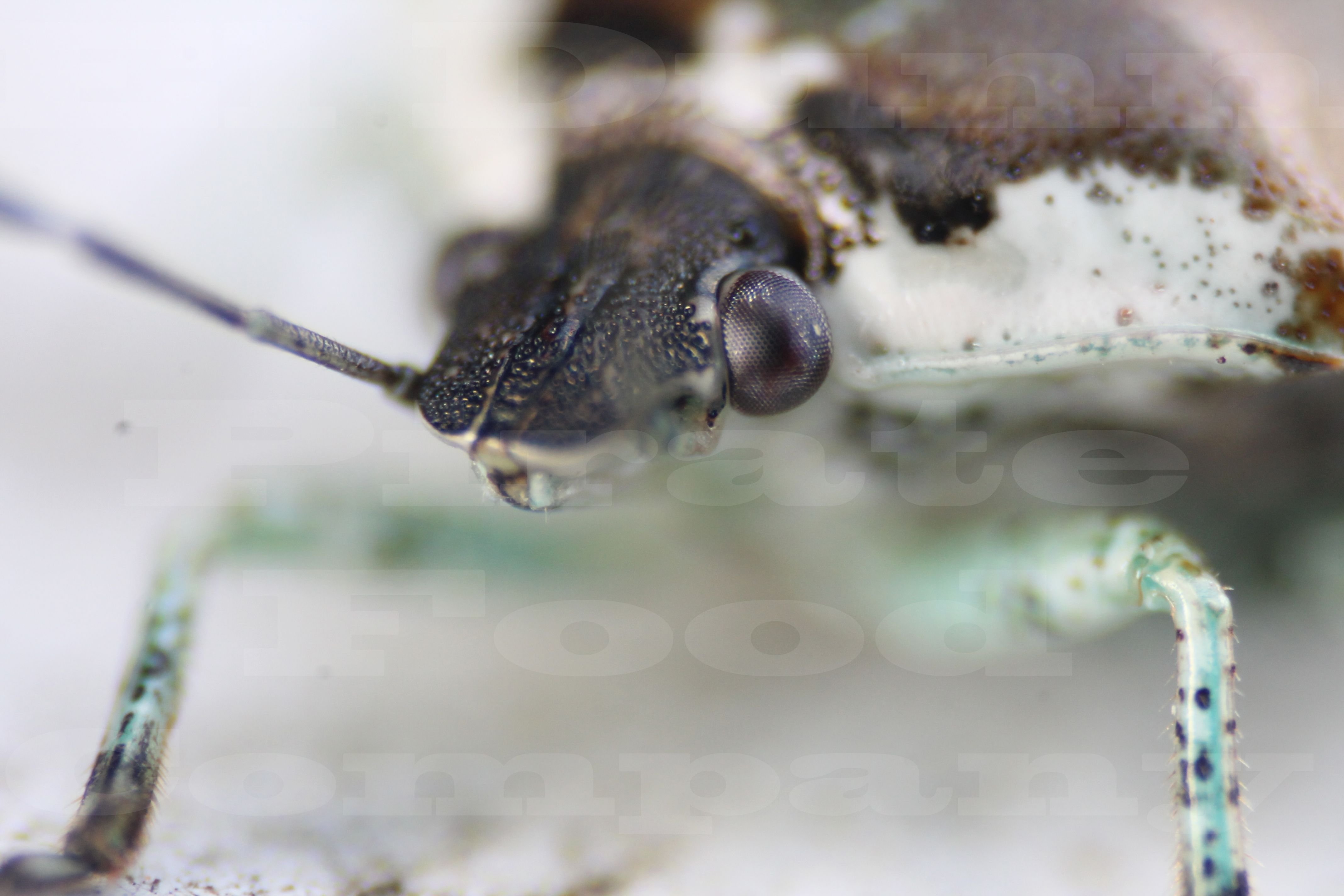
Of the pentatomoidea superfamily commonly referred to as shield bugs, chust bugs, and stink bugs. We miss identified this one at first. Thought it was an old and interestingly coloured Glaucias amyoti. It's actually a Monteithiella humeralis (pittosporum shield bug). Nezara viridula, Glaucias amyoti, Monteithiella humeralis. Different bugs who all look very similar. Confusing!
If the living prove to much hassle to photograph try the dead instead.
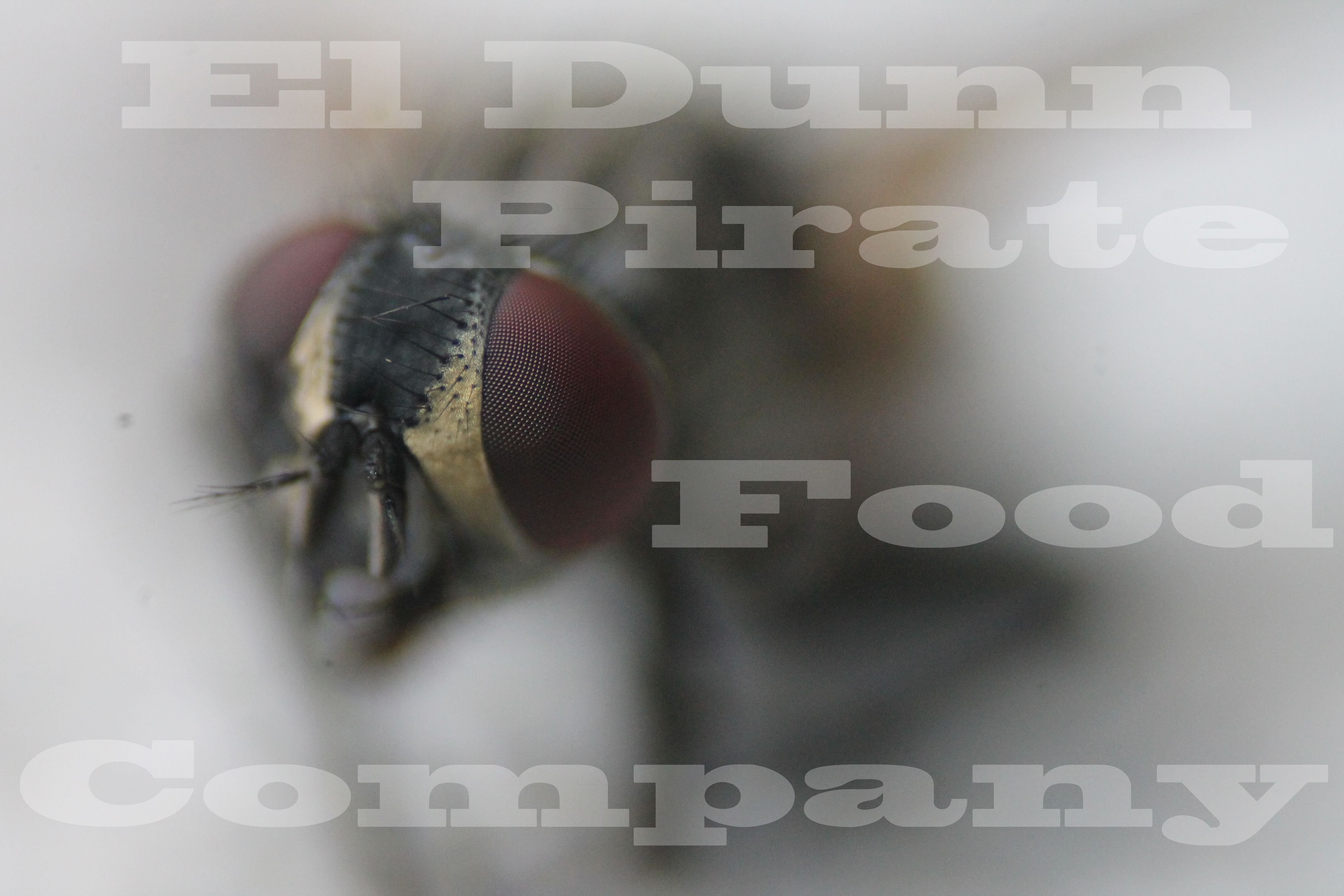
Musca domestica Linnaeus aka the annoying and very common House Fly. This one didn't like the zap of our electrified fly swatter.
Of course, you may not always be the one to make the corpse.
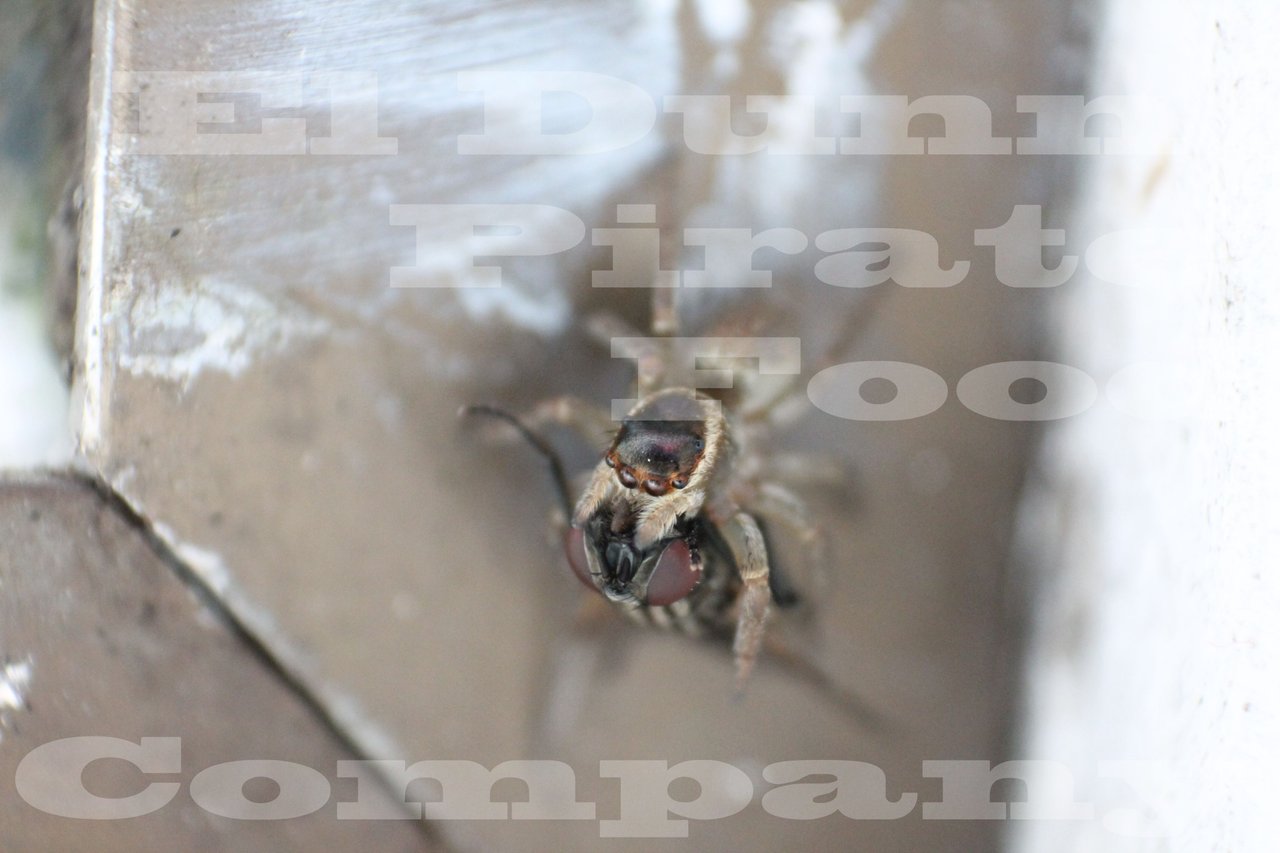
Hypoblemum albovittatum. Common name House Hopper.
And certainly not always first to find a corpse.
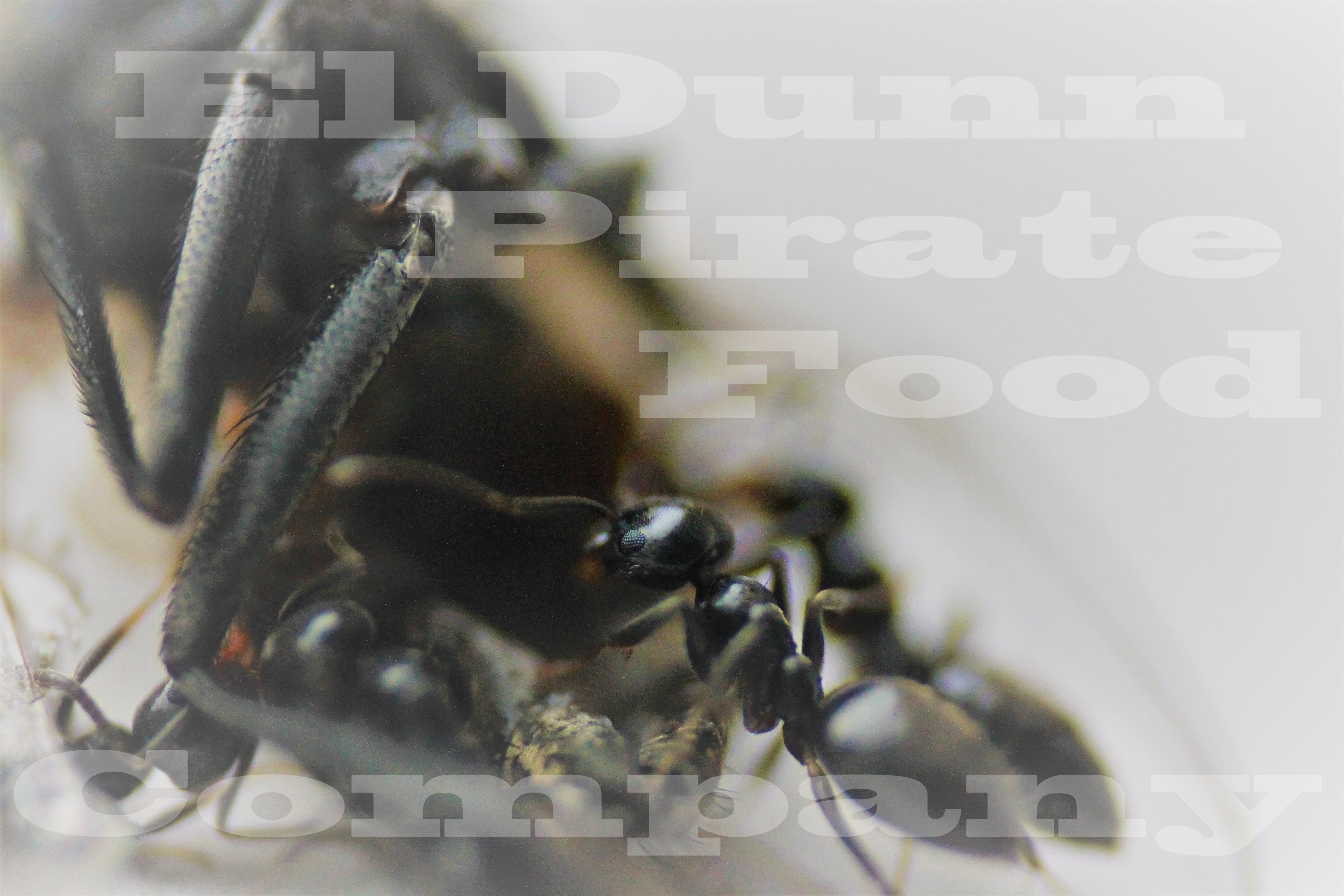
These Formicidae (Ants) quickly began to take apart this dead House Fly on our living room window sill.
So whatever it is you decide to start taking macro photographs of.

Be it captures of Linum usitatissimum (common flax or linseed) seed pods.
Or something more personal.

After a cut on the leg the Capt'n's blood dried into some interesting formations.
With a little persistance it wont take you very long at all before you too have a growing portfolio of interesting photographs to share with the world.
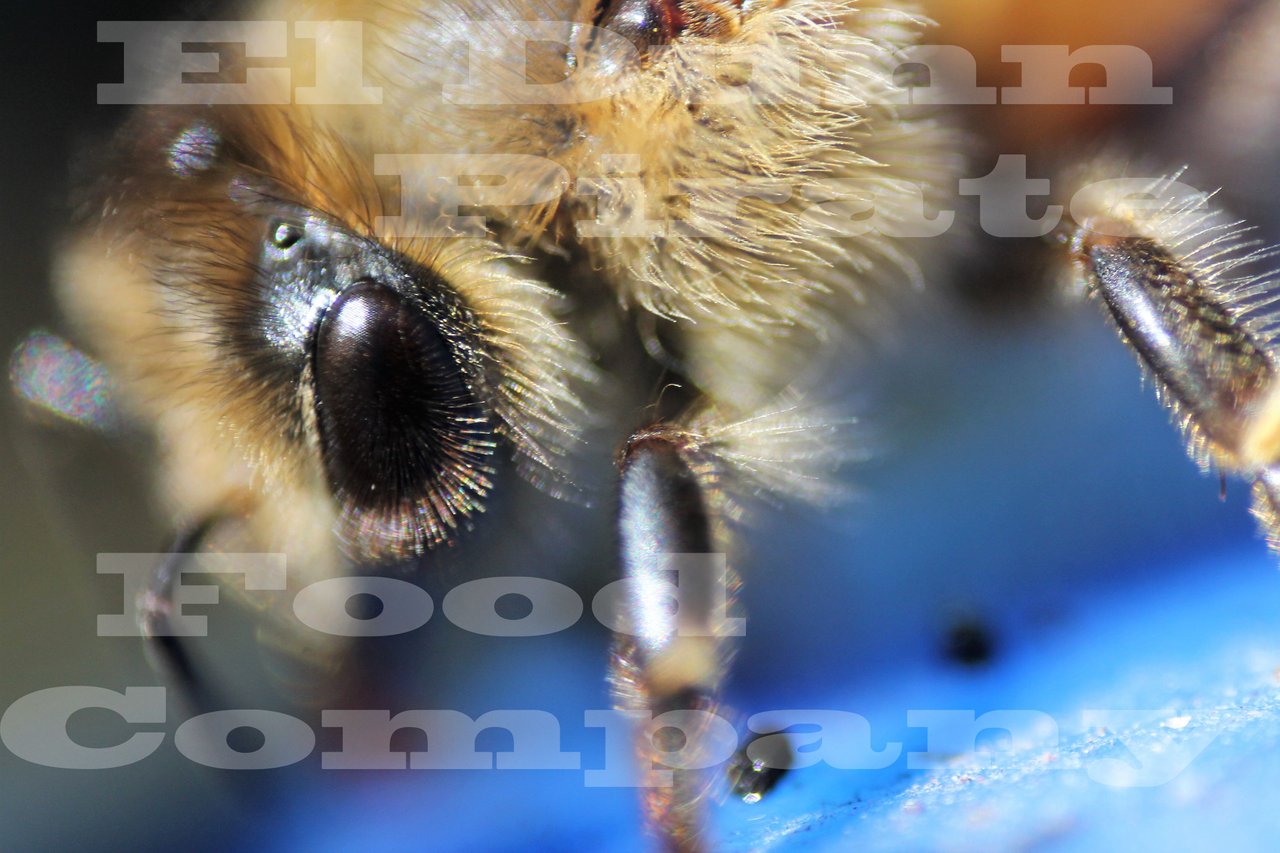
Did you know that Honey Bees have hairy eyes? Multicoloured glistening hairy eyes. They almost look like the soft downy feathers of a small bird.
Have fun me hearties.
Photos and other arts and crafts available for purchase at :
https://www.etsy.com/nz/shop/borganicSources:
The more you know
https://en.wikipedia.org/wiki/RGB_color_model
Insects
https://www.greenreaper.co.nz/blogs/news/spiders-found-in-new-zealand
http://www.landcareresearch.co.nz/resources/identification/animals/bug-id/what-is-this-bug
